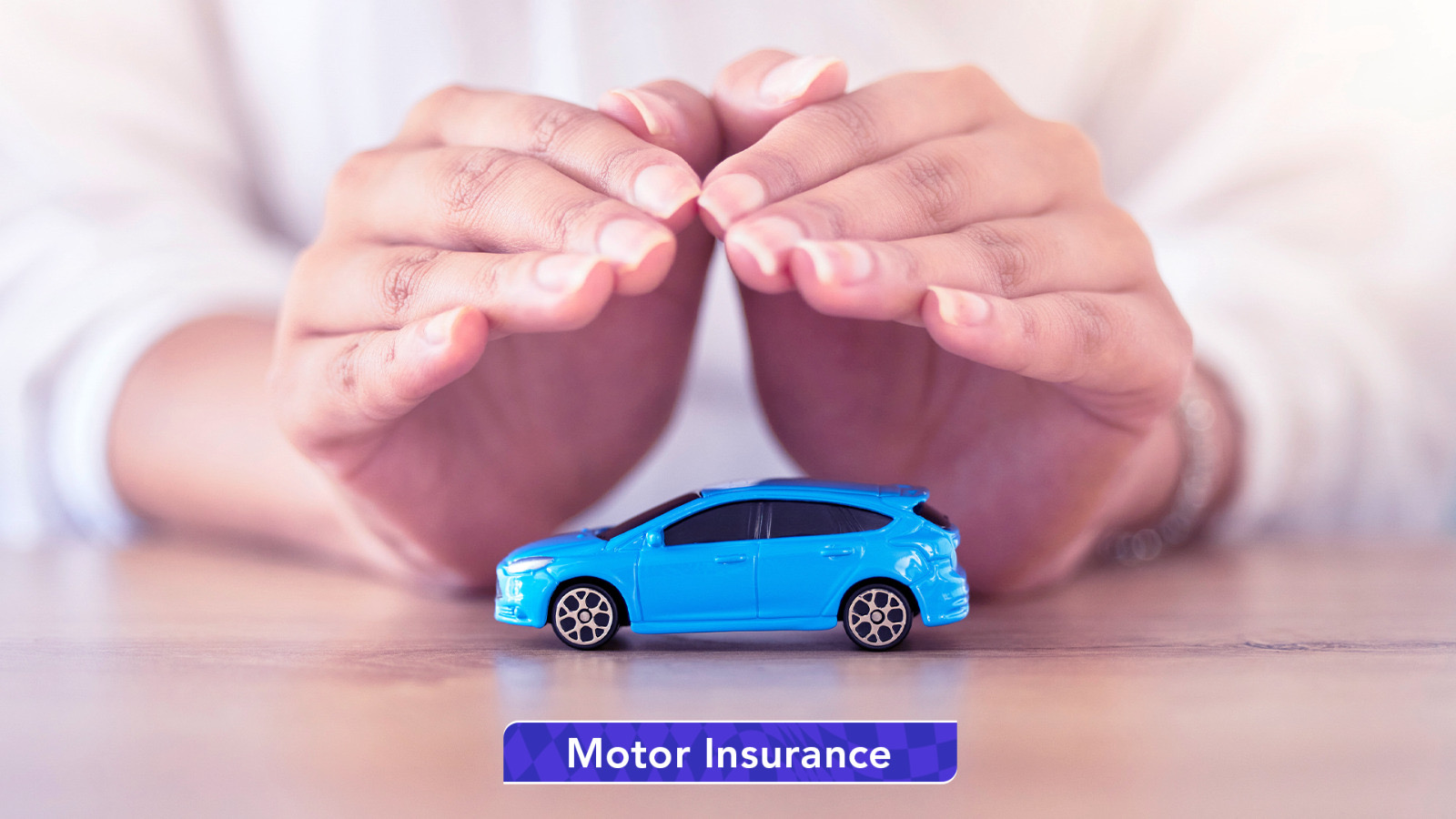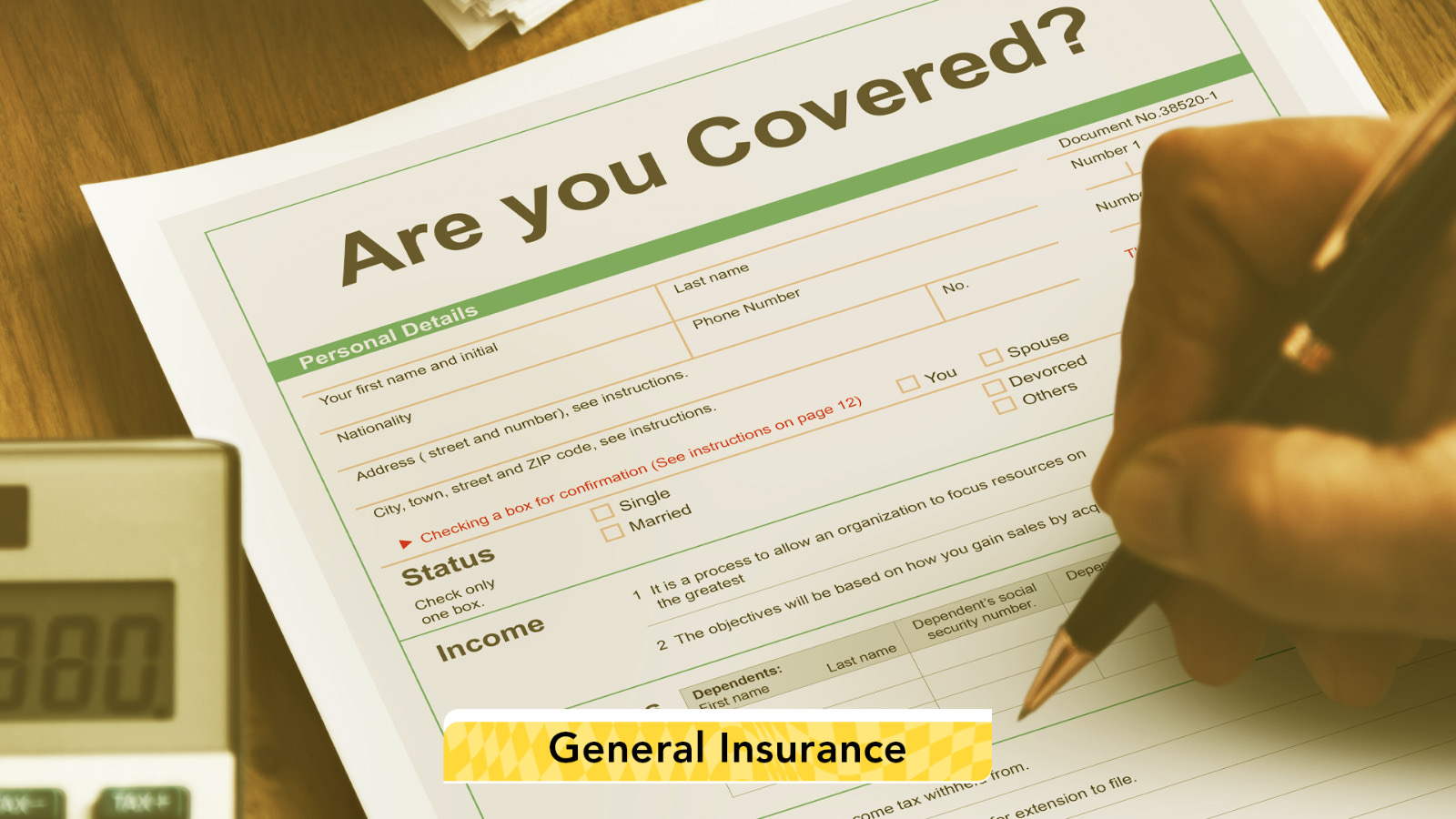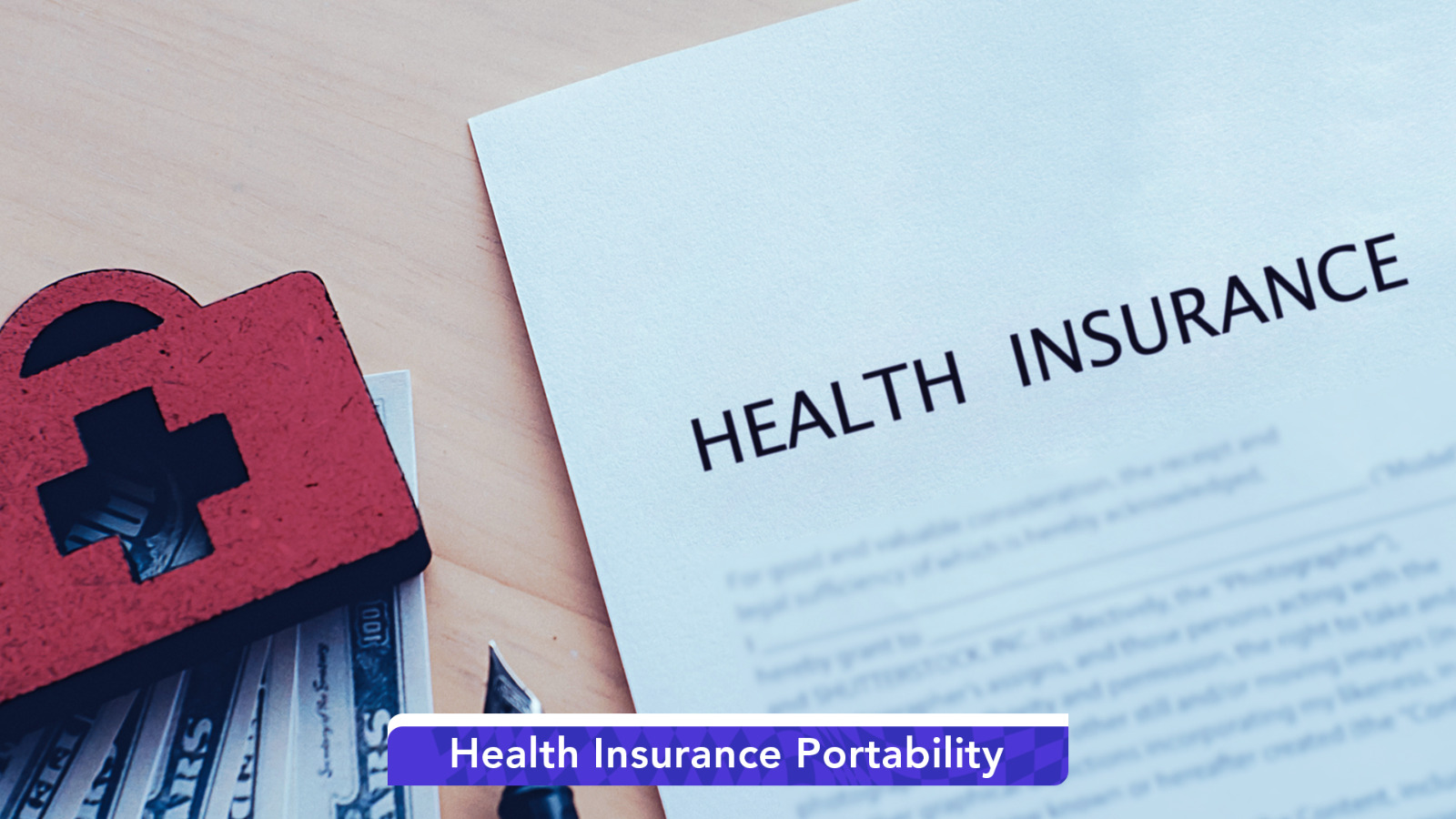Imagine this: You just got your hands on your dream car. The dealer smiles and hands you the keys, then adds, “Don’t forget to get insurance!” Suddenly, you freeze. Insurance? What coverage do you need? Which add-ons are worth it? Don’t panic we’re going to make this as simple as choosing your favorite seat cover.
Buying car insurance doesn’t have to be rocket science. With the right knowledge, you can pick the best policy, avoid the insurance traps, and handle claims like a pro. Let’s drive through the basics of vehicle insurance in India without the jargon and confusion!
Third-Party vs Comprehensive: Pick the Right Cover
Legal Minimum vs Real Protection: In India, third-party insurance is the bare minimum required by law. It covers damage or injury you cause to others, but nothing for your own car. If you drive without it, you’re risking hefty fines (₹2,000 for a first offense) and possible jail time!
However, third-party is like wearing a helmet but no seatbelt – it’s something, yet not enough. Comprehensive insurance is the full safety gear. It includes third-party liability and covers damage to your own vehicle from accidents, theft, fire, disasters, etc. It even protects you with personal accident cover.
Which one to choose?
For a new car, comprehensive is highly recommended – protect your investment. If you have an old car that’s barely worth much, consider third-party. But for most, Comprehensive = Peace of Mind.
Real-world scenario: Raj opted for third-party to save money. A month later, he dented his own car and insurance paid ₹0 for his repairs. Had he gone comprehensive, he would’ve been covered.
Moral: Don’t skip on coverage if you can afford it.
Set a Realistic IDV (Insured Declared Value)
What is IDV? It’s the market value of your car, agreed upon by you and the insurer. It’s the maximum amount the insurer will pay if your car is totally lost or beyond repair. Here’s why getting it right matters:
- Low IDV = Lower Payout:
- A lower IDV saves you money now, but if your car is totaled, you’ll get a lower payout. If you insure a ₹5 lakh car for ₹3 lakh, a theft would only fetch ₹3 lakh – not enough to buy a similar replacement.
- A lower IDV saves you money now, but if your car is totaled, you’ll get a lower payout. If you insure a ₹5 lakh car for ₹3 lakh, a theft would only fetch ₹3 lakh – not enough to buy a similar replacement.
- High IDV = Wasted Premium:
- If you jack up the IDV, you’ll overpay on your premium. Insurers will typically pay only the actual market value, which might be less than what you’re paying for.
- If you jack up the IDV, you’ll overpay on your premium. Insurers will typically pay only the actual market value, which might be less than what you’re paying for.
Pro Tip: Set the IDV to match the actual market value of your car. Find a balance, don’t go too low or too high.
Must-Have Add-Ons for Better Coverage
Basic comprehensive insurance is good, but add-ons make it great. Think of them as extra toppings on your pizza – optional but worth it. Here are some must-have add-ons:
- Zero Depreciation Cover (Zero-Dep): Normally, when you make a claim, the insurer deducts depreciation on parts. Zero-Dep means the insurer doesn’t charge for depreciation, so you get the full cost of replacement parts. Highly recommended for new cars!
Example: Neha’s 3-year-old car needed a new headlight. Without Zero-Dep, she’d pay half of its cost. With Zero-Dep, the insurer paid 100%, saving her thousands!
- Engine Protection Cover: Standard policies might not cover engine damage from water or oil leakage. Engine Protect covers engine and gearbox damage caused by flooding or other water-related issues, which is crucial for those in monsoon-prone areas.
- Return-to-Invoice (RTI): For new cars, RTI pays the full invoice value of the car (including road tax and registration) in case of total loss or theft, instead of the depreciated IDV. It’s pricier, but many new car owners swear by it.
- NCB Protector (No-Claim Bonus Protect): NCB gives you a discount (20% to 50%) for each claim-free year. But one claim can reset it to 0%. The NCB Protector add-on lets you keep your bonus even if you file a claim, saving you money in the long run.
- Roadside Assistance (RSA): Ever had a breakdown in the middle of nowhere? RSA provides 24×7 help, including towing, flat tyre changes, jump-starts, fuel delivery, and even locksmith services. It’s usually cheap and handy for road trips or city commutes.
Bottom Line: Add-ons increase premiums, so choose wisely.
- For a new car, Zero-Dep + RTI + RSA is a great combo.
- For an older car, consider skipping RTI but keeping Zero-Dep.
- Always read the policy to avoid surprises.
Smart Use of Deductibles (Voluntary Excess)
Deductible = Your share in any claim.
Every policy has a compulsory deductible (₹1,000 for smaller cars, ₹2,000 for bigger ones). You can also choose a voluntary deductible, which means you agree to pay more in case of a claim, in exchange for a lower premium.
- Don’t Go Overboard: The higher your voluntary deductible, the bigger the premium discount. But remember, you’ll have to pay that amount during a claim.
- For example: If you opt for ₹15,000 as a voluntary deductible, your premium might go down by 35%. But, if you have a claim, you’ll pay ₹15k first – so pick an amount you can afford comfortably during a claim.
- For example: If you opt for ₹15,000 as a voluntary deductible, your premium might go down by 35%. But, if you have a claim, you’ll pay ₹15k first – so pick an amount you can afford comfortably during a claim.
- Great for Safe Drivers: If you’ve rarely claimed, a small voluntary deductible can save you money and encourage careful driving. But don’t overestimate your luck accidents can happen to the best of us.
- Balance Savings vs. Risk: Choose a deductible that provides savings but won’t break your bank if you need to file a claim. Always weigh the premium saved against the amount you’d have to pay out of pocket.
Claim Prep: Cashless Garages and Quick Documentation
Cashless Garage Network: Insurers tie up with workshops that provide cashless claims. That means you don’t pay upfront, Tthe insurer settles the repair bill directly. When choosing an insurer, check if they have a wide network of garages in your area. A big network means faster and easier claims.
Claim Settlement Reputation: Insurers should settle claims within 30 days of intimation (IRDAI rule), but good insurers do it in a week or two. Look for reviews on claim support – you don’t want an insurer who drags its feet.
Documentation and Intimation: Have key documents ready – RC, Driving License, Insurance policy, and photos of the accident. This makes claim submission faster and smoother. Intimate the insurer ASAP (usually within 24 hours for major accidents) to start the process quickly.
Pro Tip: Always keep emergency numbers (insurer, roadside assistance) saved in your phone so you’re not scrambling in a crisis.
Special Considerations for EV (Electric Vehicle) Insurance
Battery Coverage is Crucial: The battery is the heart of an EV and can make up 40-50% of the car’s value. Ensure the policy covers battery damage, and check for add-ons like Battery Protection for risks such as internal battery failure or moisture damage.
Water Ingress and Monsoon Risks: Water damage to the battery or motor can be costly. Some insurers offer Motor Protect add-ons that cover such risks. This is essential during the monsoon.
Depreciation and IDV for EVs: EV parts (especially batteries) depreciate differently. Some insurers offer Zero Depreciation specifically for EVs to ensure the battery’s full value is covered during claims. Keep in mind that EV insurance can be slightly pricier (10-20%) because of expensive parts, but the 15% discount on third-party premiums for EVs by the government helps.
Other EV Perks: Some insurers offer specialized EV roadside assistance (like on-the-spot charging) or battery fire coverage. Check for these features when purchasing EV insurance.
Wrapping Up
Cars are fun, but accidents aren’t. Insurance is the boring friend who shows up with cash when things go wrong. Pick sensible cover, keep your car’s value real, and don’t pay for fancy extras you’ll never need. When trouble knocks, you’ll already know where to go and what to show. And if your ride hums instead of rumbles, give that battery a little extra love. Drive out with clarity, not worry, because the smartest upgrade for any car is a policy that actually works for you.






